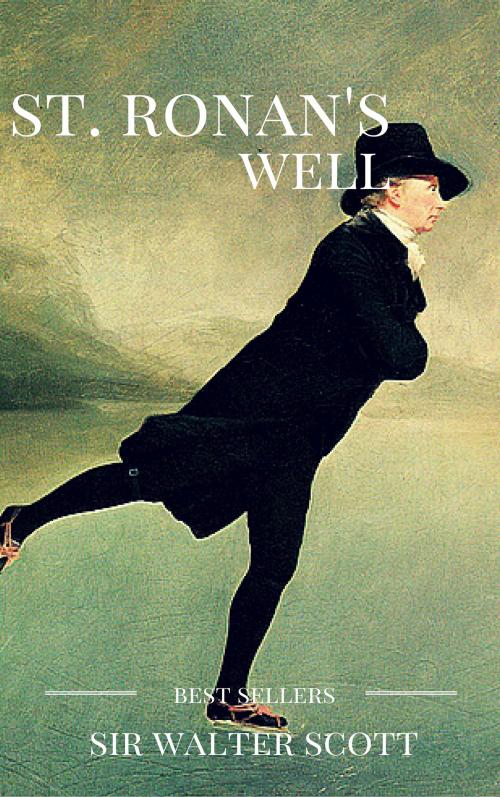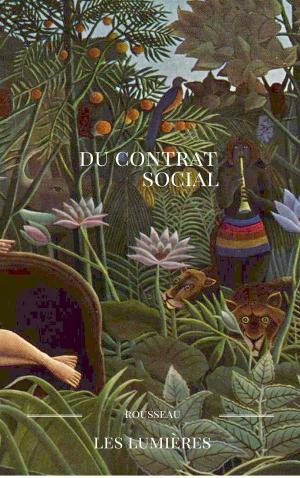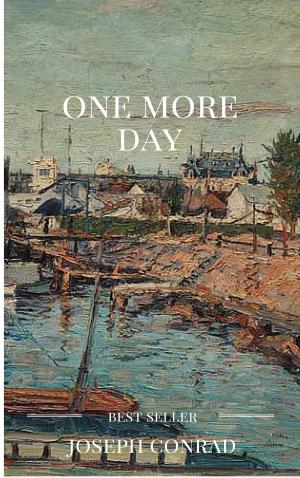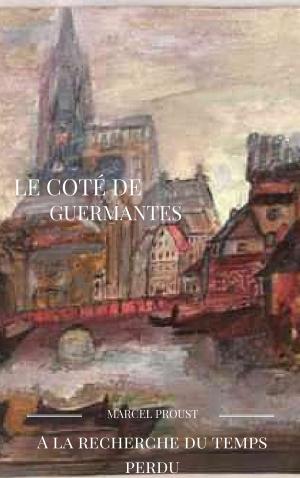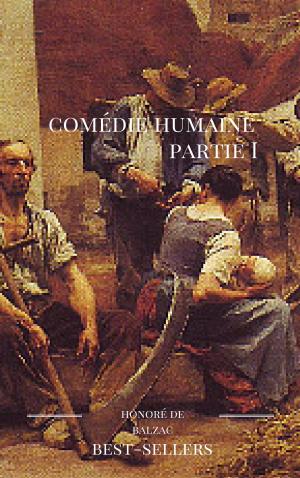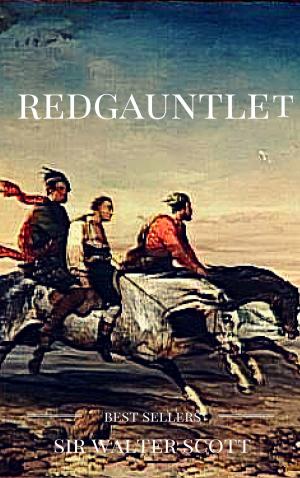| Author: | sir walter scott | ISBN: | 1230000693844 |
| Publisher: | guido montelupo | Publication: | September 30, 2015 |
| Imprint: | Language: | English |
| Author: | sir walter scott |
| ISBN: | 1230000693844 |
| Publisher: | guido montelupo |
| Publication: | September 30, 2015 |
| Imprint: | |
| Language: | English |
Sir Walter SCOTT (1771-1832), son of Walter Scott, a Writer to the Signet, was born in College Wynd, Edinburgh, educated at Edinburg High School and University, and apprenticed to his father. He spends part of his childhood in the rural Scottish Borders at his paternal grandparents' farm at Sandyknowe. Here he was taught to read by his aunt Jenny, and learned from her the speech patterns and many of the tales and legends that characterised much of his work. He was called to the bar in 1792. At the age of 25 he began to write professionally, translating works from German. His first publication being rhymed versions of ballads by Gottfried August Bürger in 1796. He then published a three-volume set of collected ballads of his adopted home region, The Minstrelsy of the Scottish Border. In 1820, Scott was created baronet.
Scott´s influence as a novelist was incalculable: he established the form of the “Historical Novel”, and the form of the short story with “The Two Drovers” and “The Highland Widow”. He was avidly read and imitated throughout the 19th cent, and there was a revival of interest from European Marxist critics in the 1930´s, who interpreted his works in terms of historicism. Postmodern tastes favoured discontinuous narratives and the introduction of the "first person", yet they were more favourable to his work than Modernist tastes. Scott is now seen as an important innovator and a key figure in the development of Scottish and world literature.
“St. Ronan´s Well” (1823). The plot concerns the rivalry of two men: Valentine Bulmer, the Earl of Etherington, and his half-brother Francis Tyrrel. Both wish to marry Miss Clara Mowbray, who is the sister of John, the laird of Saint Ronan’s. The novel portrays the fashionable society of the fictional spa-town of Saint Ronan's.
Sir Walter SCOTT (1771-1832), son of Walter Scott, a Writer to the Signet, was born in College Wynd, Edinburgh, educated at Edinburg High School and University, and apprenticed to his father. He spends part of his childhood in the rural Scottish Borders at his paternal grandparents' farm at Sandyknowe. Here he was taught to read by his aunt Jenny, and learned from her the speech patterns and many of the tales and legends that characterised much of his work. He was called to the bar in 1792. At the age of 25 he began to write professionally, translating works from German. His first publication being rhymed versions of ballads by Gottfried August Bürger in 1796. He then published a three-volume set of collected ballads of his adopted home region, The Minstrelsy of the Scottish Border. In 1820, Scott was created baronet.
Scott´s influence as a novelist was incalculable: he established the form of the “Historical Novel”, and the form of the short story with “The Two Drovers” and “The Highland Widow”. He was avidly read and imitated throughout the 19th cent, and there was a revival of interest from European Marxist critics in the 1930´s, who interpreted his works in terms of historicism. Postmodern tastes favoured discontinuous narratives and the introduction of the "first person", yet they were more favourable to his work than Modernist tastes. Scott is now seen as an important innovator and a key figure in the development of Scottish and world literature.
“St. Ronan´s Well” (1823). The plot concerns the rivalry of two men: Valentine Bulmer, the Earl of Etherington, and his half-brother Francis Tyrrel. Both wish to marry Miss Clara Mowbray, who is the sister of John, the laird of Saint Ronan’s. The novel portrays the fashionable society of the fictional spa-town of Saint Ronan's.
